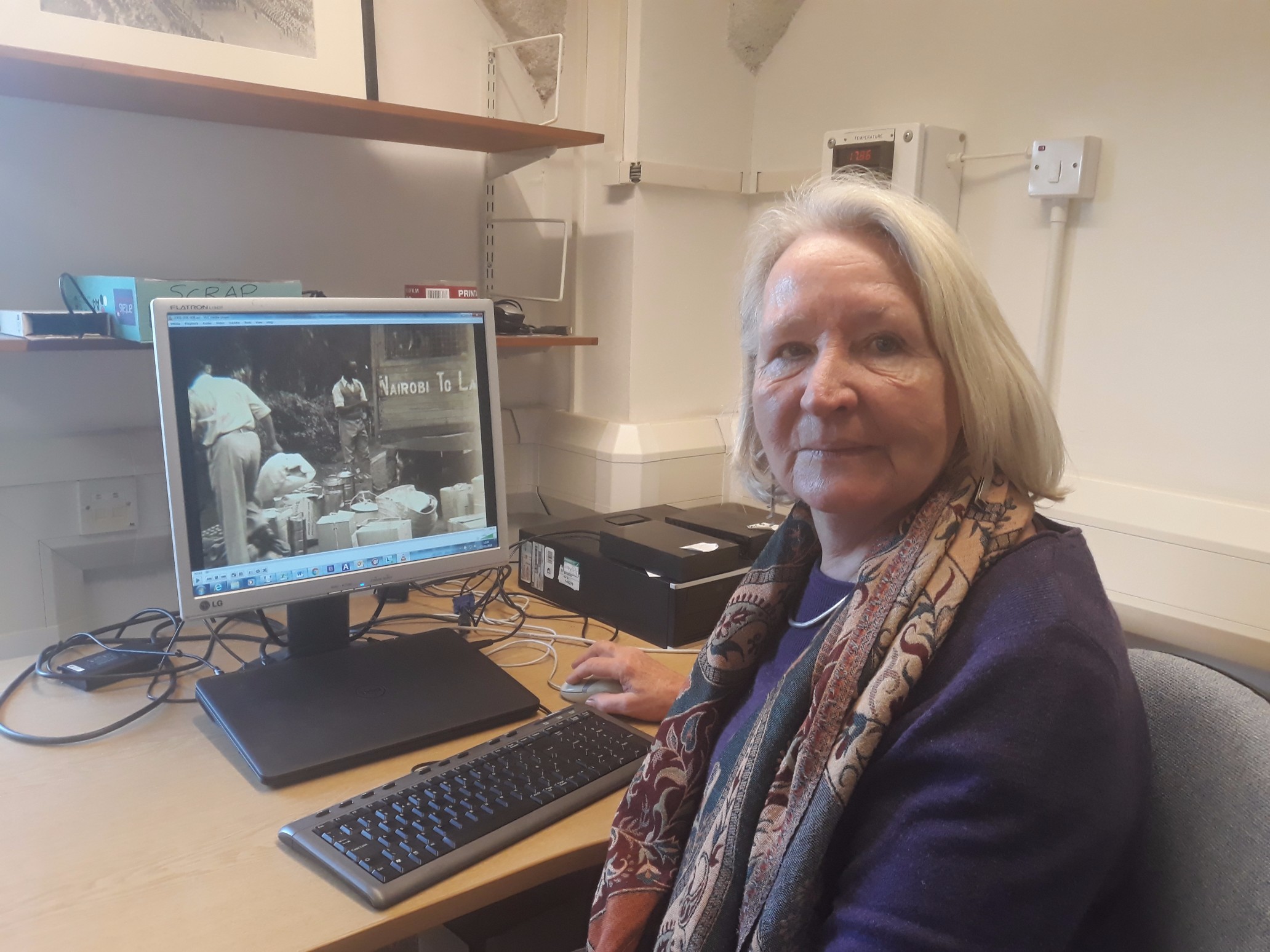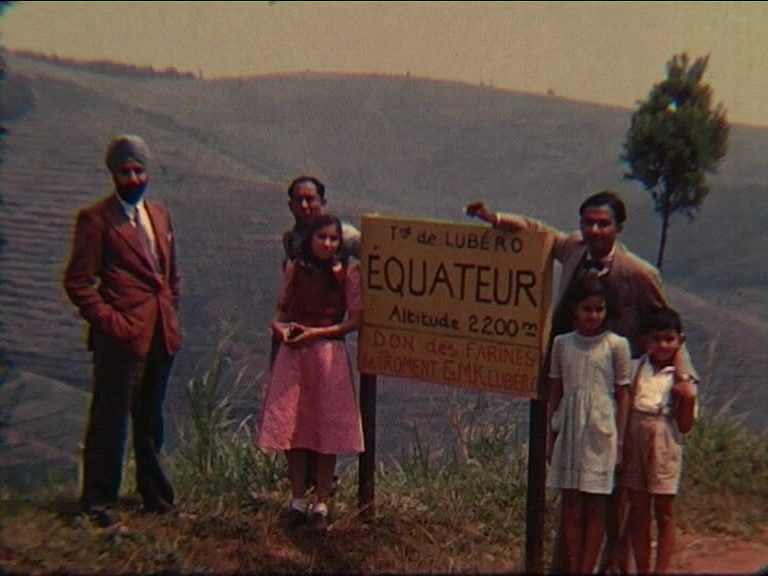Ivan Haslam: An Indian in East Africa
Posted on by Fay Curtis.
by Pat Ellingham, Archives Volunteer

I came across Ivan Haslam in October 2017 when I started to volunteer with the British Empire and Commonwealth Collection at Bristol Archives.
My first task was to watch Haslam’s 12 home movies, and write an abstract of the contents, followed by a summary of his photo albums which were donated to the BEC collection around 2004. It’s the first time I’ve carried out such work, and I began slowly, aware that I had to keep the notes brief and objective.
The objective bit was easy at first. I could see from the films and albums (and read in his notes) that he was an Indian who initially worked for the British Colonial Office in the Persian Gulf, before being transferred to the Foreign Service of the newly independent Government of India around 1949.
He served in East Africa from 1951 to 1953 and his films date from this time. The albums begin during his posting to the Gulf during the Second World War. But gradually, looking at a past world through his eyes, it became a struggle to remain objective.
Who was this man?
That objective arc is traced in these collections through those early years of his life, where his images cover naval manoeuvres, a scientific expedition and a royal visit – he was in Nairobi when Princess Elizabeth made the State Visit during which her father died and she became Queen.
But it was the private side of him I began to glimpse and come to appreciate as I looked through his eyes. He loved waterfalls, and there are countless slow shots of water pulling to a precipice and foaming over – Victoria Falls, Murchison Falls, Niagara Falls, others in Switzerland and Scotland.
He loved flowers, with lingering shots of London parks and country house gardens. He loved travelling, with appreciative films of Expo 56 in Montreal and sailing down the Suez Canal. He loved going on safari, with endless shots of big game in the Serengeti.

And above all he loved filming his group of friends from the Indian community, who appear over and over again. In the photograph albums there are pages devoted to the same people, and I’m intrigued by them all. I kept trying to be objective but soon realised that the comments for the albums were becoming too long and too speculative – so I hit the delete button and got back to the task in hand!
I did include his anecdotes about what he called a ‘mini-apartheid system’ for Indians in East Africa. He writes of the allocation of separate compartments for European, Indian and African rail travellers and how the rest room at Nairobi Station had the sign ‘Europeans Only’.
Another anecdote tells of a time he was travelling with the Indian High Commissioner in the Serengeti the vehicle was unable to get back to their Lodge at nightfall. Knowing that there was a Ranger’s outpost nearby, they made their way there for shelter. The unfriendly ranger refused to help, and on learning that the Indian High Commissioner was with the party remarked that he didn’t care ‘if he was Jesus Christ but he cannot enter my house!’
Finally the party were allowed to spend the night in the clerk’s office, provided they depart first thing in the morning.
When the last reel of film was over and the last page of his album closed, I felt as if I’d spent days in the company of a vibrant and perceptive man.
On impulse I looked up his unusual name online, only to discover that he died last year, aged more than 90. I felt strangely bereft. How tangible the archive collection makes the past. I’m now looking forward to travelling back in time with my next volunteer task!
View the catalogue for the Haslam collection, ref 2009/008
If you’re interested in the British Empire and Commonwealth Collection, we have many more related blogs.
One comment on Ivan Haslam: An Indian in East Africa
Really great thanks pat x